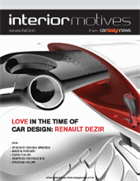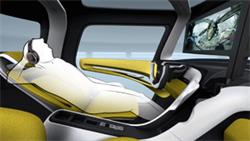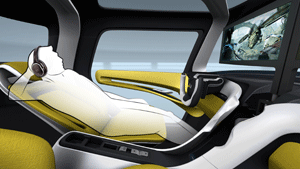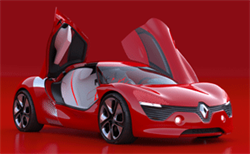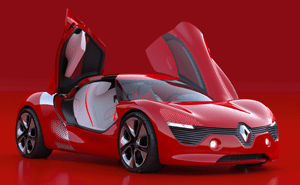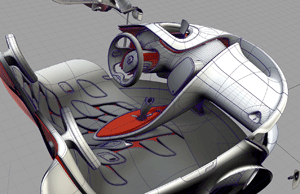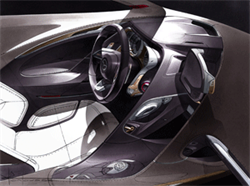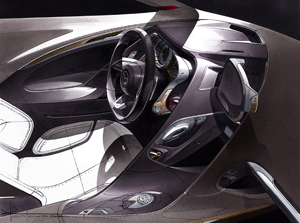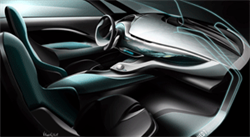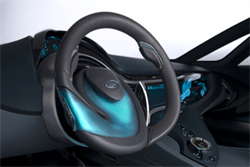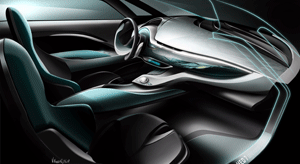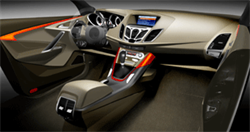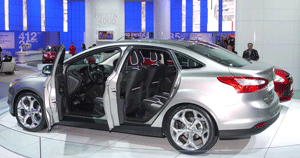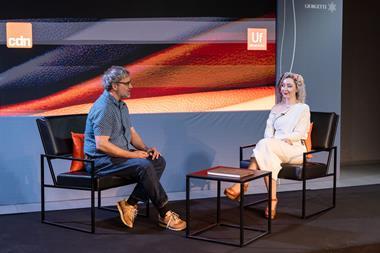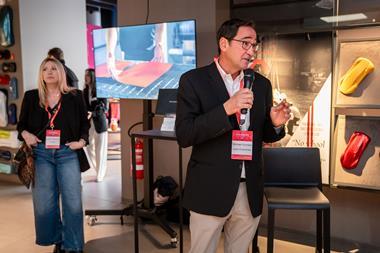IN THIS ISSUE
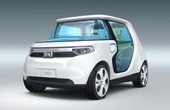
Brightly coloured highlights, clean, flowing lines, and a light and airy space. Design Director Shizuki Kajiyama sought to incorporate these themes into a uniquely Chinese design. He led a team that studied closely what the 15-17-year-olds of China today might want in two to three years’ time. Their answer: “something new and exciting, a new product for an internet society that gets bored quickly”
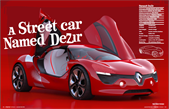 Unveiled last month at the Paris Motor Show, the 4,225mm long two-seat sports coupe embodies Renault's new vision of 'simple', 'sensuous' and 'warm' designs. Asymmetric door openings reveal a cloud-like white leather bench seat, which appears to levitate above a similarly trimmed floor. The floating IP flows into the door cards and center arm rest while Renault's 'touch design' philosophy is still in evidence.
Unveiled last month at the Paris Motor Show, the 4,225mm long two-seat sports coupe embodies Renault's new vision of 'simple', 'sensuous' and 'warm' designs. Asymmetric door openings reveal a cloud-like white leather bench seat, which appears to levitate above a similarly trimmed floor. The floating IP flows into the door cards and center arm rest while Renault's 'touch design' philosophy is still in evidence.
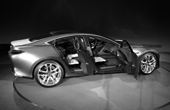 Mazda recently unveiled the precursor to its next generation design language in the shape of the Shinari concept. A rakish four-door, four-seat vehicle created under the watchful eye of Ikuo Maeda, General Manager of Design, the Shinari showcases the company's new 'Kono' form language, which means 'soul of motion' in the Japanese company's native tongue.
Mazda recently unveiled the precursor to its next generation design language in the shape of the Shinari concept. A rakish four-door, four-seat vehicle created under the watchful eye of Ikuo Maeda, General Manager of Design, the Shinari showcases the company's new 'Kono' form language, which means 'soul of motion' in the Japanese company's native tongue.
 The i-Flow concept previews a possible future contender in the D-segment from Korean automaker Hyundai. With an overall length of 4780mm, 1850mm width and 1420mm height, the concept has an imposing aesthetic.
The i-Flow concept previews a possible future contender in the D-segment from Korean automaker Hyundai. With an overall length of 4780mm, 1850mm width and 1420mm height, the concept has an imposing aesthetic.
Vehicle type: production/hatch/wagon/sedan
Design Directors: Martin Smith, Stefan Lamm
Interior Design Director: Ernst Reim
Lead Interior Designers: Tiago Diaz, Jörg Stephan Burkhard Dragon
Project started: summer 2008
Project completed: summer 2010
Launch: Paris/September 2010
Magazine
